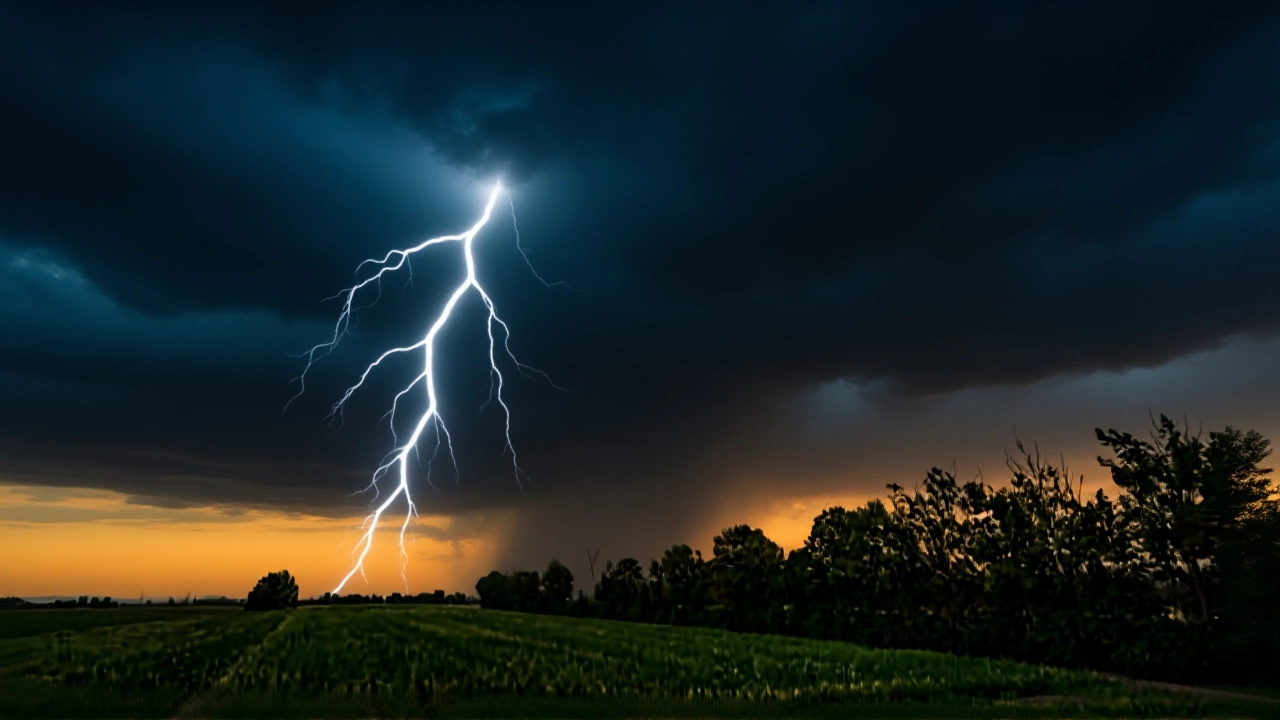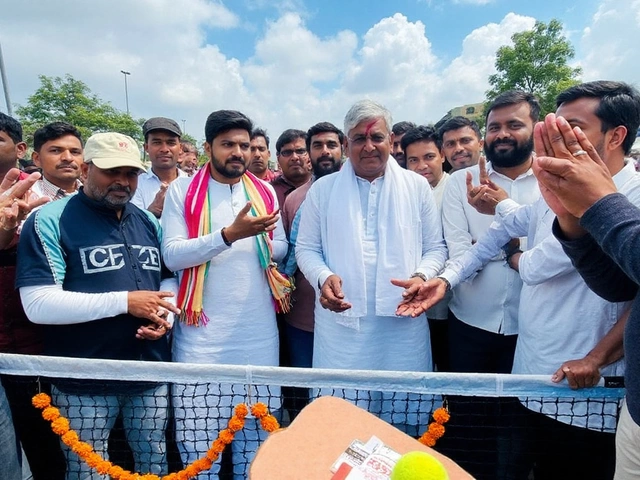Regional News – Your Go‑to Source for Bihar, UP and More
Looking for the buzz that’s happening right next door? Regional news covers the stories that big‑nation headlines often skip, but that still shape daily life for millions. From the bustling streets of Patna to the political corridors of Lucknow, we break down what matters, why it matters, and how it connects to the rest of India.
Why should you care about regional updates? Because they affect your commute, your job market, and even the price of your morning chai. When a new highway opens in Bihar, when a farmer protest erupts in Uttar Pradesh, those events ripple out to the national economy and to your own routine.
Why Bihar and UP dominate North India headlines
Bihar and Uttar Pradesh are the two most populous states in the country, together holding over a third of India’s total population. That alone guarantees a constant flow of news—whether it’s a state election, a flood warning, or a cultural festival. Their location right in the heart of the Indo‑Aryan language belt means Hindi dominates, making their stories instantly understandable to a wide audience.
Both states also serve as political powerhouses. Many national leaders cut their teeth in the state assemblies of Lucknow or Patna. When a policy is announced in New Delhi, the first reactions you’ll see are coming from these two regions, because they can sway the next election.
Economically, the two states are intertwined with the rest of North India through trade routes, rail networks, and shared agricultural cycles. A good monsoon in UP boosts wheat production, which then lowers grain prices across the north. Conversely, a drought can trigger price spikes that reach Delhi’s markets within days.
How to stay updated with regional stories
Forget scrolling through endless feeds. Pick a few reliable sources that specialize in state‑level reporting—like local newspapers, regional TV channels, or dedicated sections on national portals. Set up Google alerts for keywords such as "Bihar flood" or "UP elections" and you’ll get real‑time updates without the noise.
Social media can be a goldmine, but it requires a filter. Follow verified journalists, official government handles, and community pages that post ground‑level photos and eyewitness accounts. You’ll get a clearer picture than the often‑polished press releases.
Another practical tip: use a news aggregator app that lets you create custom folders for each state. That way you can glance at the latest headlines from Bihar, then switch to Uttar Pradesh, all in a single swipe.
Finally, don’t overlook local events calendars. Whether it’s a mela in Varanasi or a tech meetup in Patna, attending or following these events can give you context that a headline alone can’t provide. You’ll understand the cultural undercurrents that drive political and economic decisions.
Regional news isn’t just a side note—it’s the backbone of the story of India. By keeping an eye on what’s happening in Bihar, Uttar Pradesh, and beyond, you stay informed, make smarter decisions, and maybe even spot the next big trend before it hits the national stage. So, next time you check the news, skip straight to the regional section and see how the local beats shape the larger rhythm of the country.

Nagaland State Lottery announced the ₹1 crore winner for the Dear Flamingo Evening draw on November 17, 2025, with results published on official sites like nagalandlotteries.com. Prize money funds state development projects in Kohima. (Read More)

Cyclone Montha made landfall near Kakinada, Andhra Pradesh, with 100 km/h winds, killing two in Kerala and disrupting transport across the east coast. IMD warns of flooding and power outages as the storm rapidly weakens after landfall. (Read More)

Bihar and Uttar Pradesh (UP) are two of India's most populous states, and their history and culture is closely linked to that of North India. Their location and the fact that the majority of their population speaks Hindi and other languages of the Indo-Aryan language family has lead to both states being considered to be a part of North India by the media. The two states are heavily intertwined with the rest of North India through trade, culture, and politics. This has made them an important part of the region and has contributed to the media's characterization of them as "North India". (Read More)



